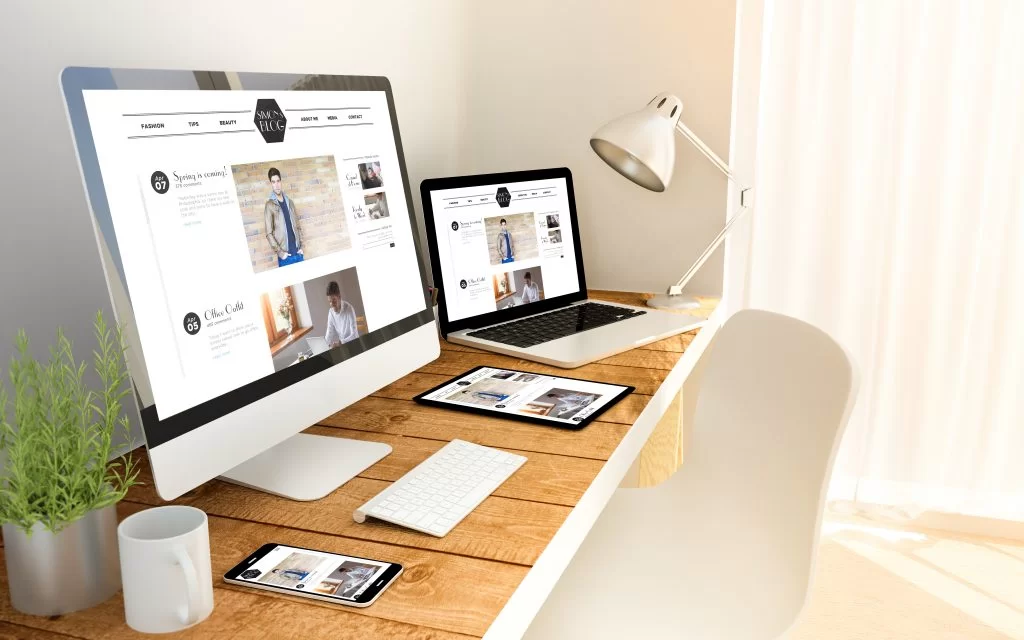
Web design is a fast-moving industry and 2025 is no different. Users want everything to be faster, smarter, and more personal, and the design world is coming up with fresh ideas in response. Whether you are an entrepreneur, designer or developer, it is important to keep ahead of the game if you want to keep your online presence fresh, functional and interesting.
Let’s dive into the current web design trends in 2025 — and the ones being left behind.
Statement, Branded Minimalism is the Way to Go
Long gone are the days when minimalism equaled boring, sterile websites. Footwear In 2025, minimalism is not so restrained and minimal. Clean, straightforward layouts are still the name of the game, but they’re no longer the dominant color on the canvas — now, they’re the canvas itself, and one filled with not just color, but personality. Why? because you’ve got hues from the brand… Menu url.com This trend enables brands to keep things clear and simple and stand out visually.
Clunky Hero Sliders are Out
Rotating image carousels, once popular (especially on homepages) are finally starting to fade away. Not only do they slow load times, studies have intimated that they tend to confuse more than convert. In 2025, it’s about bold, one hero section that gets the message across immediately - with optional help from a snappy headline, a strong visual, and a clear call-to-action.
In: AI-Powered Personalization
Artificial intelligence is no longer a feature of the future; it’s a design tool of the here and now. It’s 2025, and websites are smarter; they change content, layout, and even color scheme based on user behavior, on the fly. AI personalization boosts user engagement by delivering more meaningful experiences, ranging from dynamic product recommendations to personalized navigation paths.
Overloaded navigation menus are the way of the past
Elaborate menus with endless submenus are becoming quickly obsolete. Instead, intuitive, jewel-like navigation systems are now in fashion, allowing users to discover only what’s most essential to them and not be overwhelmed by too many options. Mega menus are being swapped out for stripped down designs, mobile-first hamburger menus and sticky navs, which usher users through an experience with minimal friction.
Dark Mode and High Contrast Interfaces Are in
Dark mode is still a thing, but it’s more sophisticated in 2025 with designers using darker interfaces and bright colors, high-contrast text and design practices to support accessibility in their text styling. As well as being easier on the eyes for most users, it enriches visual storytelling by making images, video and interactive elements pop. High contrast themes that are helpful for people with visual impairments, meaning inclusivity is a big design trend.
Short, Stock Imagery is Over Linear Layout is Old
The audience are hungry for authenticity now. Brands are investing in custom visuals, illustrations, user-generated content and even 3D elements to convey more authentic and engaging stories.
Smooth Moves and Micro interactions are In
Micro interactions and small animations are becoming increasingly important for making UI more user-friendly. From button hovers that subtly animate on click, to progress indicators that cue the user to attention, companies are now deploying motion design as a strategic means to deliver feedback and keep users engaged. In 2025, though, these things aren’t necessarily bits of business; they’re functional components that assist users in more intuitively navigating and interacting with content.
Static Design Thinking is Out
And lastly, these days, rigid, one-size-fits-all design systems just don’t cut it. Instead of rigid static layouts you must look for a web designer near me to create a layout with a specific set of page sizes, armed with the above tools, we can take a lot more creative control than before. Designers are now thinking about the system and the component, making design languages that can scale and evolve with little effort.
Welcoming the Future of Web Design
It’s design in 2025, it’s about playing with form, and function, and pulling them together with personalization and performance. It’s about building experiences that feel natural, intuitive and human. In a digital world that continues to get smarter and more user-friendly, keeping up with design trends is more than a creative decision – it’s a survival tactic.
For both companies and designers, adapting to these new directions is not just about keeping up—it’s about leading the charge in redefining how people connect with the web. The future is rapid, dynamic and made for, by and with people — and that’s the kind of trend that is sticking around.

